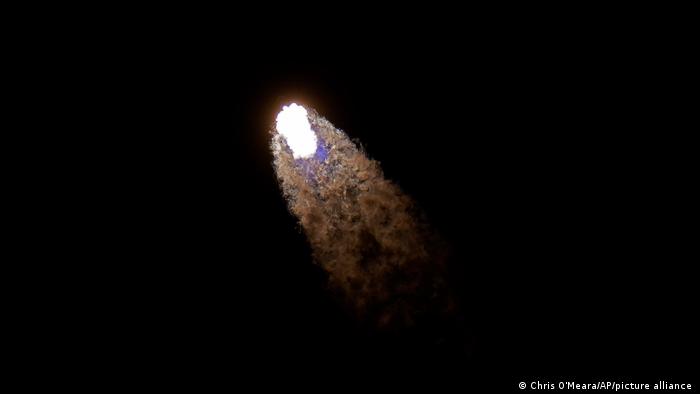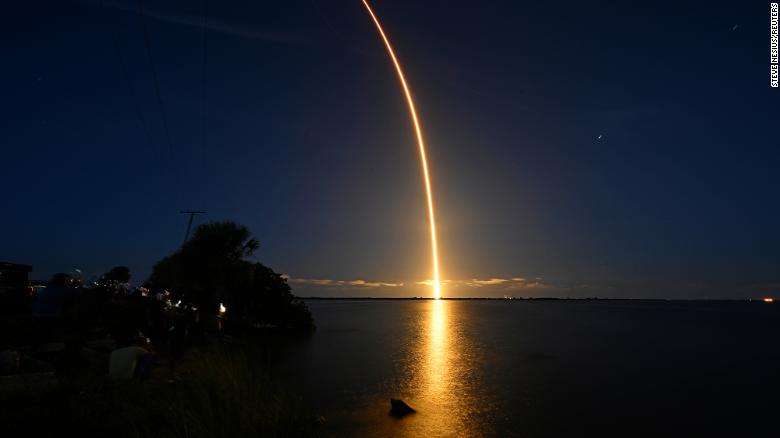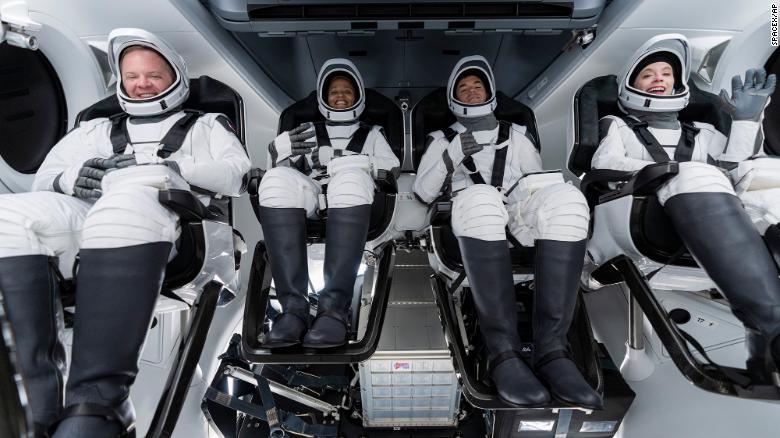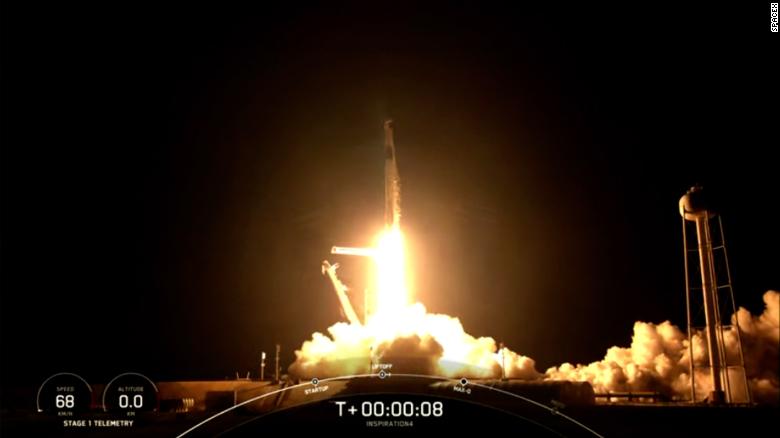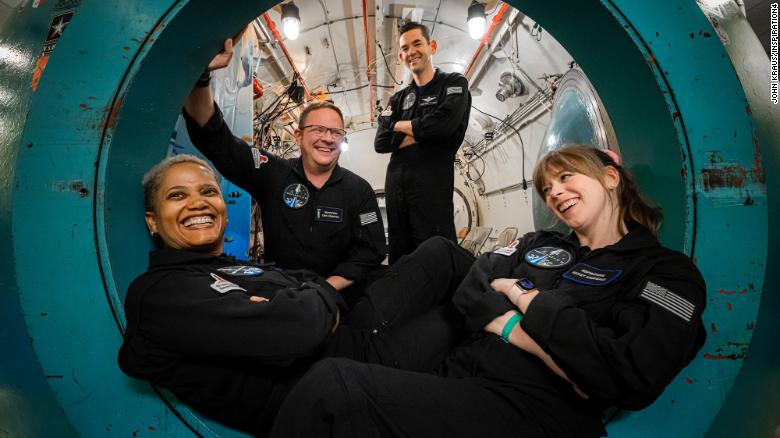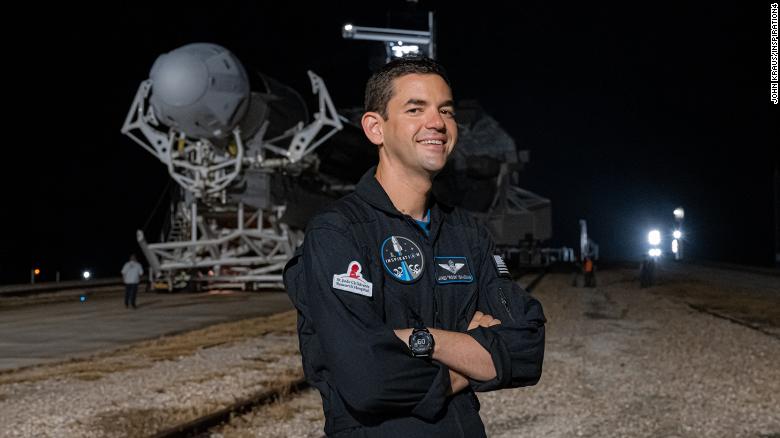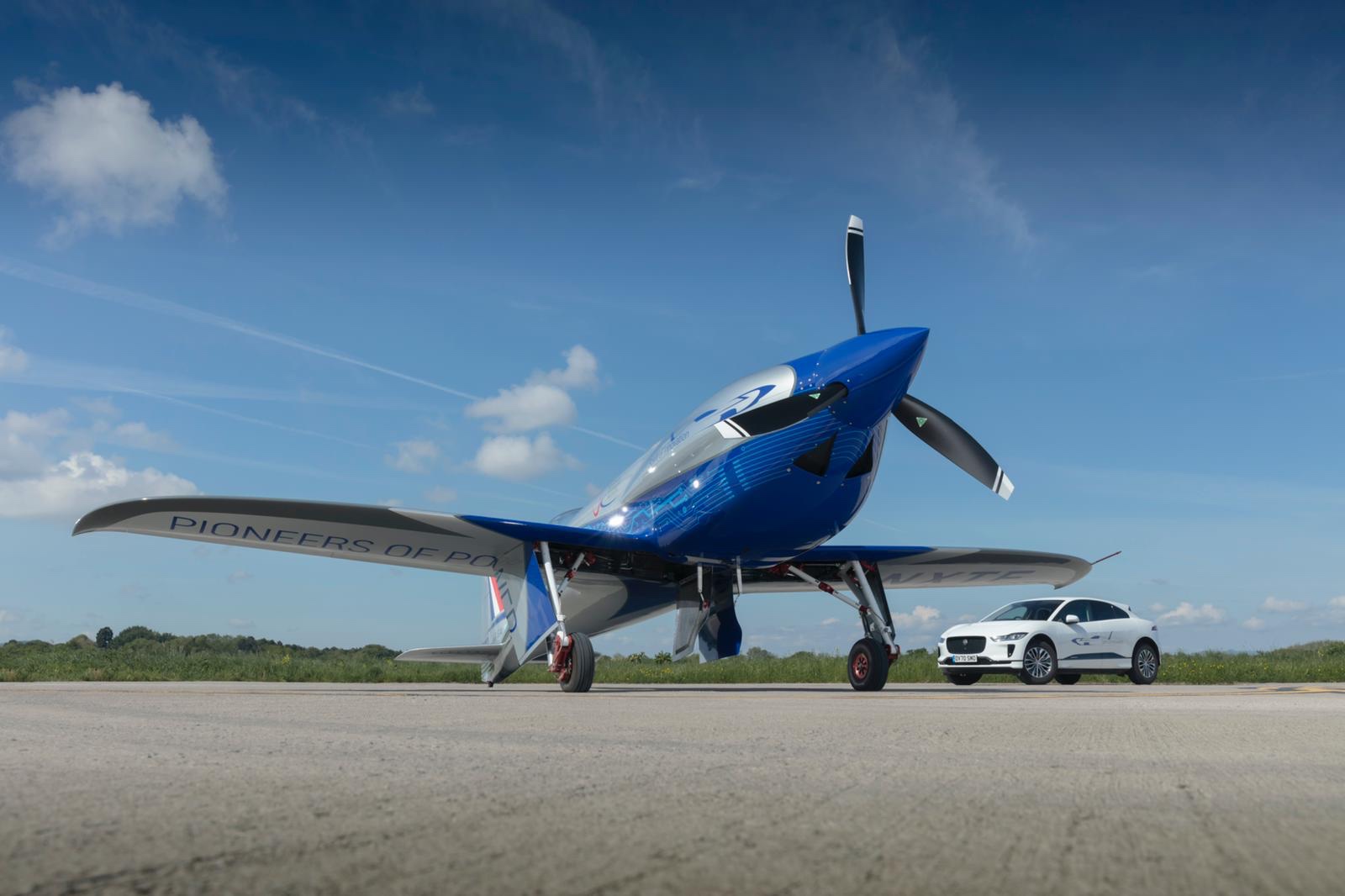UN: Pandemic did not slow advance of climate change
The results of the United in Science 2021 report are an "alarming appraisal of just how far off course we are," UN Secretary-General Antonio Guterres has said.
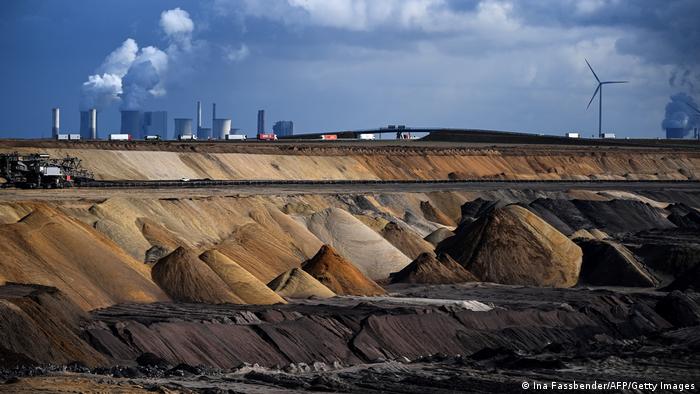
Global fossil fuel CO2 emissions in the power and industry sectors are at the same level as in 2019
The UN released a report on Thursday warning that the COVID-19 pandemic has not slowed the pace of climate change.
Virus-related economic slowdown and lockdowns caused only a temporary downturn in CO2 emissions last year, the World Meteorological Organization (WMO) said.
The United in Science 2021 report, which gathers the latest scientific data and findings related to climate change, said global fossil-fuel CO2 emissions between January and July in the power and industry sectors were already back to the same level or higher than in the same period in 2019, before the pandemic.
"This is a critical year for climate action," UN Secretary-General Antonio Guterres said, saying the results were an "alarming appraisal of just how far off course we are."
Pandemic pause was brief
The WMO said that emissions reductions during the first COVID-19 wave in early 2020 represented a "brief lapse."
"Overall emissions reductions in 2020 likely reduced the annual increase of the atmospheric concentrations of long-lived greenhouse gases, but this effect was too small to be distinguished from natural variability," the report concluded.
Although CO2 emissions from road traffic in 2021 have been below the levels before the pandemic outbreak, concentrations of the major greenhouse gases that contribute to global warming continued to increase, according to the report.
"We are still significantly off-schedule to meet the goals of the Paris Agreement," UN Secretary-General Antonio Guterres said.
"Unless there are immediate, rapid and large-scale reductions in greenhouse gas emissions, limiting warming to 1.5C will be impossible, with catastrophic consequences for people and the planet on which we depend." Guterres said.
jcg/sms (dpa, Reuters)
1.5 C warming limit 'impossible' without
major action: UN
Issued on: 16/09/2021 - 
Geneva (AFP)
A new climate change report out Thursday shows that limiting global warming to 1.5 degrees Celsius will be impossible without immediate, large-scale emissions cuts, the UN chief said.
The United in Science 2021 report, published by a range of UN agencies and scientific partners just weeks before the COP26 climate summit, said climate change and its impacts were accelerating.
And a temporary reduction in carbon emissions caused by the Covid-19 pandemic had done nothing to slow the relentless warming, it found.
The 2015 Paris Agreement on climate change, struck at the COP21 summit, called for capping global warming at well below 2 C above the pre-industrial level, and ideally closer to 1.5 C.
United Nations Secretary-General Antonio Guterres said the report's findings were "an alarming appraisal of just how far off course we are" in meeting the Paris goals.
"This year has seen fossil fuel emissions bounce back, greenhouse gas concentrations continuing to rise and severe human-enhanced weather events that have affected health, lives and livelihoods on every continent," he wrote in the report's foreword.
"Unless there are immediate, rapid and large-scale reductions in greenhouse gas emissions, limiting warming to 1.5 C will be impossible, with catastrophic consequences for people and the planet."
COP26, the UN Climate Change Conference, will be held in Glasgow from October 31 to November 12.
- Pandemic effects -
Fossil greenhouse gas emissions peaked in 2019, shrinking by 5.6 percent in 2020 due to the Covid-19 restrictions and economic slowdown.
But outside aviation and sea transport, global emissions, averaged across the first seven months of 2021, are now at about the same levels as in 2019.
And the report said concentrations of the major greenhouse gases -- carbon dioxide, methane and nitrous oxide -- continued to increase in 2020 and the first half of 2021.
Overall emissions reductions in 2020 likely shrank the annual increase of the atmospheric concentrations of long-lived greenhouse gases, but the effect was "too small to be distinguished from natural variability", it said.
The global average mean surface temperature for 2017 to 2021 -- with this year's data based on averages up to June -- is estimated to be 1.06 C to 1.26 C above pre-industrial (1850-1900) levels, the report said.

The global mean near-surface temperature was meanwhile expected to be at least 1 C over pre-industrial levels in each of the coming five years, with a 40-percent chance it could climb to 1.5 C higher in one of those years, it said.
Guterres said the world had reached a "tipping point", and the report showed "we really are out of time".
- Net-zero goal -
The all-time Canadian heat record was broken in June when a high of 49.6 C was recorded in Lytton, British Columbia.
Though the Pacific Northwest 2021 heatwave was a rare or extremely rare event, it would be "virtually impossible without human-caused climate change", the report said.
As for the severe flooding in Germany in July, the report said with high confidence that human-induced climate change "increased the likelihood and intensity of such an event to occur".
The report said the increasing number of countries committing to net-zero emission goals was encouraging, with about 63 percent of global emissions now covered by such targets.
But, it said, far greater action was needed by 2030 to keep those targets feasible and credible.
Calling for all countries to commit to net zero emissions by 2050, Guterres said: "I expect all these issues to be addressed, and resolved, at COP26."
"Our future is at stake."
© 2021 AFP


